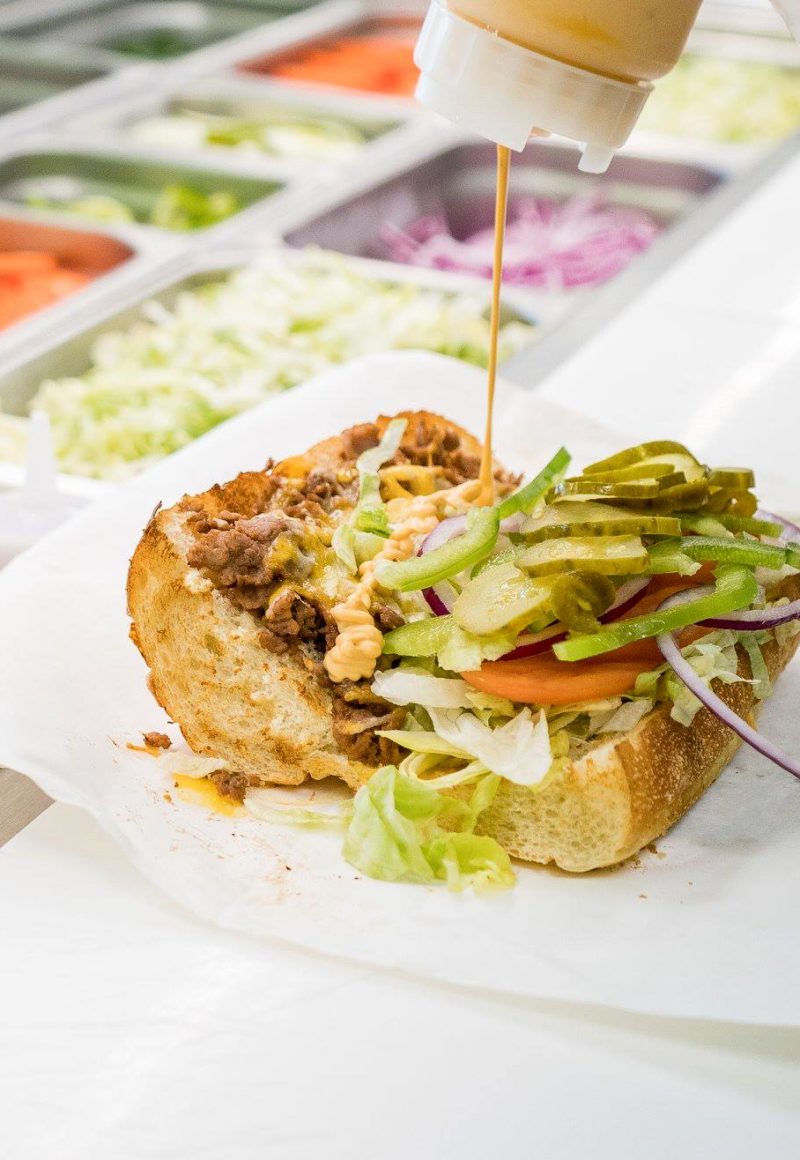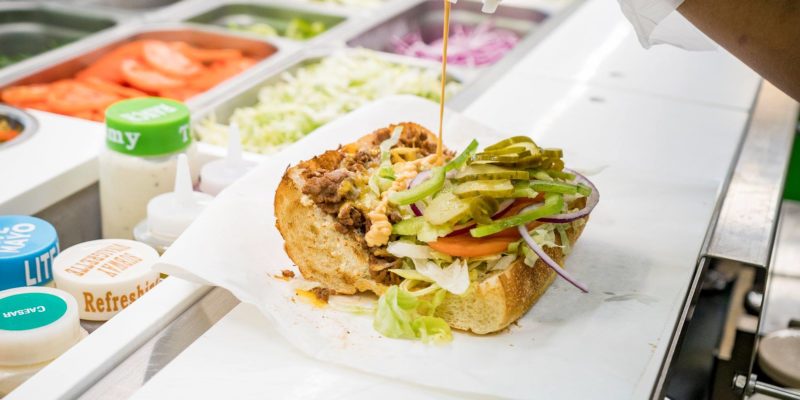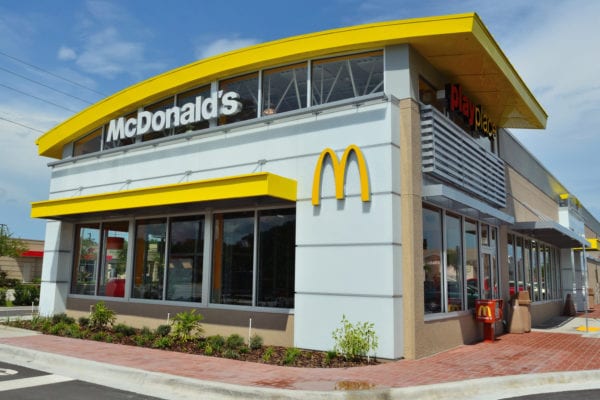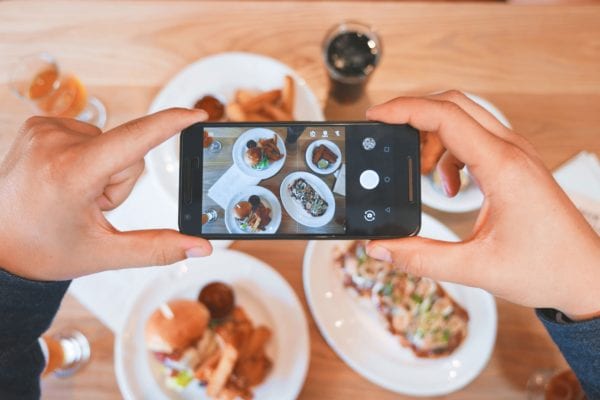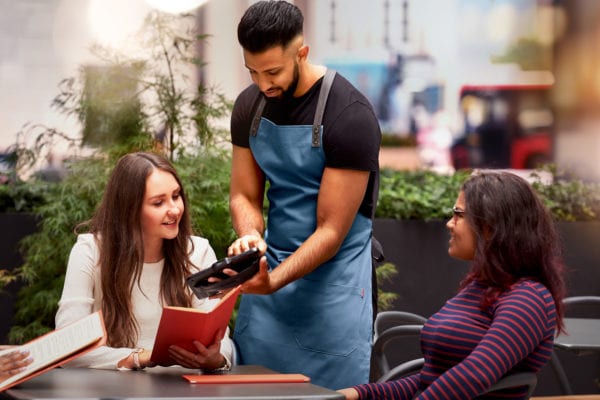Skift Take
Will delivery "save" Subway? No. But since delivery is becoming a mission critical part of a restaurant's operational strategy, the chain is smart to roll it out in a big way.
— Kristen Hawley
After a rough year of declining sales and store closures, Subway has officially launched itself into the delivery business.
Today, the chain is unveiling its delivery push at 9,000 of its restaurants, partnering with the four major third-party delivery providers: Uber Eats, DoorDash, Grubhub, and Postmates. Some locations have been offering delivery for months — around 2,000 U.S. stories offered delivery through third parties this summer. There are about 25,000 Subway locations in the U.S.
“We piloted the delivery programs in 2016 with national and regional providers and, while it is too early to call it conclusive, our test period showed that delivery drives business outside of our typical in-restaurant peak hours, so we are doing relatively more afternoon and dinner business – even evening snack opportunities – than our usual pattern of sales,” Michael Lang, Subway’s senior director of global convenience, said in an email.
As recently as a few years ago, delivery from quick service restaurants was an anomaly. Now it’s become so much an accepted part of the business that customers expect it, and some might consider Subway, which has still struggled to thrive despite a renewed tech push and overhauled loyalty program that didn’t catch on with store owners as expected.
Perhaps the trouble was overthought by top executives. In July, James Walker, the chain’s vice president of North America, told Restaurant Business that delivery logistics themselves are a large challenge to the business. “The thing that we need to think about is delivery driver access. Where’s that delivery driver going to park? How are they going to be able to get in the restaurant? As delivery continues to grow, does that change the necessity for things like number of seats in a restaurants? It’s definitely something development teams have to consider now, as well as design teams.”
Clearly, though, it’s poised to become a significant part of business. “Delivery is more than just giving our guests a way to order the sandwiches that they want,” Lang said in a statement. “We want to connect with consumers and give them the convenience of choice whether it’s a customized, made-to-order sandwich or in how they get their meals.”
Looking for a Slice of Delivery Success
According to a report released this week from Morningstar, we’ll soon look back on the delivery boom as “one of the most meaningful restaurant industry developments over the past two decades.” Chains from McDonald’s to Taco Bell have seen success with delivery. In addition to the order increases and added convenience for customers, McDonald’s said that up to 70 percent of its delivery orders are incremental — from customers who wouldn’t have otherwise come into its stores. McDonald’s has an exclusive delivery agreement with Uber Eats at 10,000 stores.
By launching with multiple delivery partners, Subway takes advantage of the largest possible national partner as well as the added marketing benefit of appearing in search results of all major delivery services. Chances are, consumers have already picked a favorite.
The drawback to such an arrangement is that the technology tends not to be as integrated into restaurant’s own operating systems. For example, the exclusive Grubhub-Yum Brands arrangement gives Grubhub the ability to work to integrate its technology into in-store operations and systems.
“We see [point of sale integration] as a big opportunity to drive better reconciliation, accurate financials, but also to run a very efficient online enabled operation for restaurant partners,” Grubhub chief operating officer Stan Chia told Skift Table onstage at September’s Skift Restaurants Forum.
Consumer Demand
According to Uber Eats, sandwich delivery orders have risen 167 percent over the past year. Beginning today, Uber Eats will offer delivery at 6,800 Subway locations in 44 states, rolling out to more cities soon.
Liz Meyerdirk, global head of business development for Uber Eats, said that this type of data is valuable to all restaurants — large chains included. “[We are] able to empower not just Subway corporate but also Subway franchisees, telling them there is this massive demand of hungry customers to get sandwiches.” It’s helpful, she said in helping all parties buy into different investment strategies to grow their businesses. “From a mindset shift, that’s very very helpful. And it helps mobilize a very large organization to get behind something like delivery.”
As for in-store flow, Meyerdirk said Uber Eats works closely with big, strategic partners like Subway to understand the exact handoff points, and the best playbook that can be rolled out globally to make sure food gets to customers “when we say it will in the intended fashion.”

